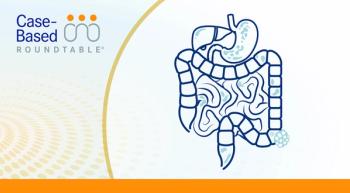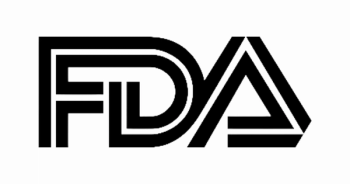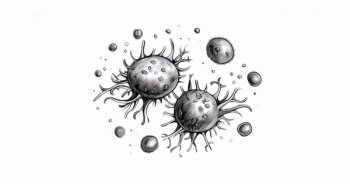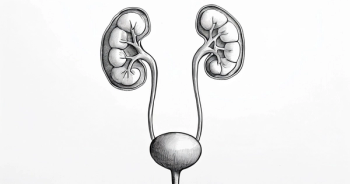
Sonodynamic Therapy Shows Promise for Glioblastoma Treatment
Key Takeaways
- Sonodynamic therapy (SDT) demonstrated cancer cell death without harming healthy brain tissue in glioblastoma patients, showing no adverse events.
- A randomized control trial is planned to further evaluate SDT's efficacy in newly diagnosed glioblastoma patients.
A study found that sonodynamic therapy showed no adverse events and demonstrated cancer cell death in 3 patients with glioblastoma.
In 3 patients with newly diagnosed glioblastomas that were not candidates for gross total tumor resection, sonodynamic therapy (SDT) showed no adverse events (AEs) and demonstrated cancer cell death without harming healthy brain tissue after a single dose, according to a study published in the Journal of Neuro-Oncology.1
A randomized control trial evaluating SDT for the treatment of patients with newly diagnosed glioblastoma is expected to begin later this year.
"The early clinical results are very encouraging for advancing treatment options in patients with newly diagnosed glioblastoma, a disease with few effective therapies," said Walter Stummer, professor and director of the Department of Neurosurgery of the University Hospital Münster, Germany, and the senior author of the study, in a press release. "Sonodynamic therapy's ability to selectively induce immediate tumor cell death while sparing healthy brain tissue is unprecedented. Additionally, its diffuse nature allows treatment across the entire hemisphere, including the peripheral invasive zone and beyond, a major challenge in neuro-oncology. These factors suggest that SDT could be a significant breakthrough in glioblastoma treatment."
Alpheus Medical’s novel SDT uses low-intensity diffuse ultrasound (LIDU) and oral 5-ALA to non-invasively target cancer cells across the brain. This treatment is performed without requiring imaging or sedation.
In an open-label, multicenter,
In part A of the trial, patients must have had a histopathologically confirmed diagnosis of high-grade glioma (HGG) with radiographic evidence of recurrence following prior therapy that included radiotherapy. Eligible histologies included astrocytoma (WHO grades 3 and 4, including subtypes) and oligodendroglioma (WHO grade 3, including subtypes), based on the 2021 WHO classification. For parts B and C, only patients with a histopathologically confirmed diagnosis of glioblastoma were eligible to enroll, and patients must have had radiographic evidence of recurrence after prior radiotherapy. Part A allows patients with any type of HGG and any number of recurrences while parts B and C are limited to patients experiencing their first recurrence of glioblastoma.
Findings presented at the 2024 Society of Neuro-Oncology (SNO) Annual Meeting showed that the median OS was 15.7 months, which is a significant improvement over the historical benchmark of 6 to 8 months for patients with recurrent glioblastoma.3 The median PFS also improved to 5.5 months vs the standard 1.8 months.
Safety data also showed the therapy to exhibit a robust safety profile with no treatment-related deaths, serious AEs, or significant toxicities reported.
REFERENCES:
Alpheus Medical publishes promising early clinical results of sonodynamic therapy for the treatment of newly diagnosed glioblastomas. News release. Alpheus Medical Inc. February 25, 2025, Accessed February 25, 2025. https://tinyurl.com/nh9rry28
Study to evaluate 5-ALA combined with CV01 delivery of ultrasound in recurrent high grade glioma. ClinicalTrials.gov. Updated January 13, 2025. Accessed February 25, 2025.
https://www.clinicaltrials.gov/study/NCT05362409 Alpheus Medical announces positive phase 1/2 trial results for the treatment of recurrent high-grade gliomas. News release. Alpheus Medical, Inc. November 24, 2024. Accessed February 25, 2025.
https://tinyurl.com/yds2bj9v








































